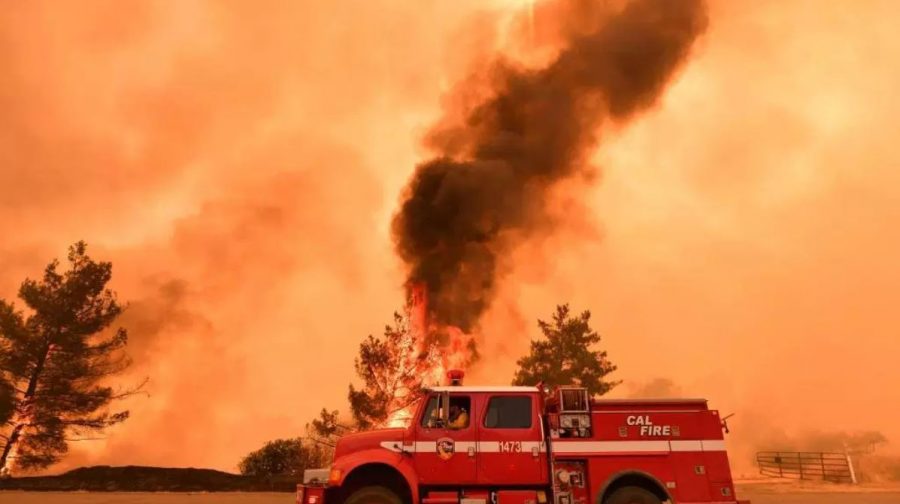California Fires Deadliest in State History
November 19, 2018
California Fires Deadliest in State History
Nellie Shih ’19, Arts & Entertainment Editor
For a little over a week, wildfires have been raging across California. The biggest fire, Camp Fire, has been burning in Northern California, whereas Southern California has been facing the Woolsey and Hill Fires. In Ventura County, Woolsey has burned 83% of all National Parks Service land in the Santa Monica Mountains National Recreation Area. Woolsey and Hill have affected other areas such as Malibu, and Oak Park to Calabasas.
As of Thursday morning, Camp Fire, burning east of Paradise, California, is at 57% containment, meaning 57% of the fire is surrounded by containment lines. These lines typically exist as trenches dug by firemen but include other physical barriers such as rivers and land that has already been burned. The fire is expected to be fully contained by November 30th, but containment does not provide a permanent assurance of safety, as fires can jump the containment lines. With a death toll of 56, Camp Fire has surpassed the previous deadliest 1833 Griffith Park Fire that claimed 29 lives. Although the exact cause of the fire cannot be pinpointed, it is believed that logging intended to clear out fuels in the area produced negative effects rather than making the area safer. After a fire in 2008, the logging may have left fast-burning weeds and trees out in the open to be consumed by the fire.
As of right now, smoke and air quality advisories remain in effect across the entire San Francisco Bay Area. At least 215,000 people have been estimated to have evacuated their homes; some of the displaced have been setting up tents in parking lots. President Trump has since approved a major disaster declaration to “alleviate some of the incredible suffering going on.” The declaration allows federal funds to be made available for relief efforts. Still, it is estimated that the total cost due to damages from the fire will top $19 billion to individual homeowners, the state, and insurers.
Sources:
https://www.nytimes.com/2018/11/15/us/camp-fire-paradise-cause.html



